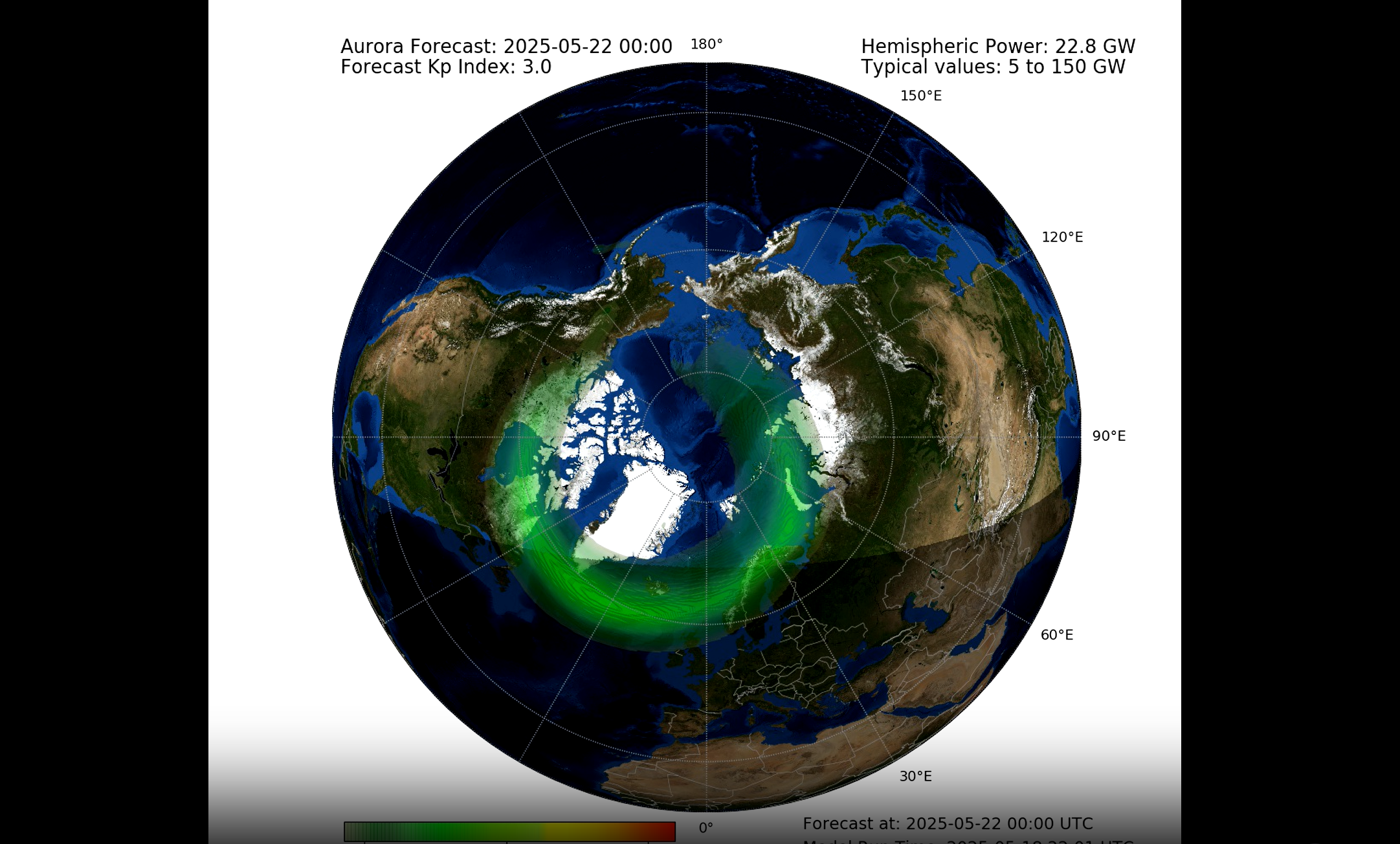ARTICLE AD BOX
Astronomers have warned of solar storms and other extreme space weather over the coming days and weeks, as an active part of the Sun rotates into view.
The activity is expected to cause auroras and potential blackouts on Earth, with Nasa’s Solar Dynamics Observatory recently capturing the most powerful eruption of 2025 from a newly emerged sunspot region.
Classed as an X2.7 flare – the highest category possible for a solar flare – the event triggered radio blackouts across parts of the Middle East.
High frequency radio signals were disrupted for around 10 minutes, according to space weather forecasters at the National Oceanic and Atmospheric Administration (NOAA) in the US.
Nasa noted that ongoing flares and solar eruptions from this region could continue to impact “radio communications, electric power grids, navigation signals, and pose risks to spacecraft and astronauts”.

The Sun is currently at the peak of its 11-year activity cycle, known as its solar maximum period. This is a result of the star’s magnetic poles flipping, which causes it to transition to an active and stormy state.
Disruptions from solar flares can also be accompanied by auroras from coronal mass ejections (CMEs), which is when charged particles from the Sun pass through the Earth’s atmosphere and create colourful displays known as the Northern Lights or Southern Lights.
The most active region on the Sun is currently rotating to face Earth, leading to forecasts of more significant space weather.

“There are currently up to five sunspot regions on the facing side of the Sun, with a new, apparently magnetically unipolar region rotating into view over the southeastern solar horizon,” the Met Office noted in its latest space weather forecast.
Other observers noted that the sunspot AR4087 could lead to supercharged auroras as it lines up with Earth.
“This is getting intense,” space photographer Vincent Ledvina wrote in a social media post. “Especially as this active region turns closer into view.”









 English (US) ·
English (US) ·